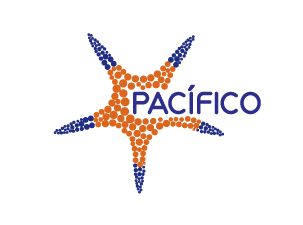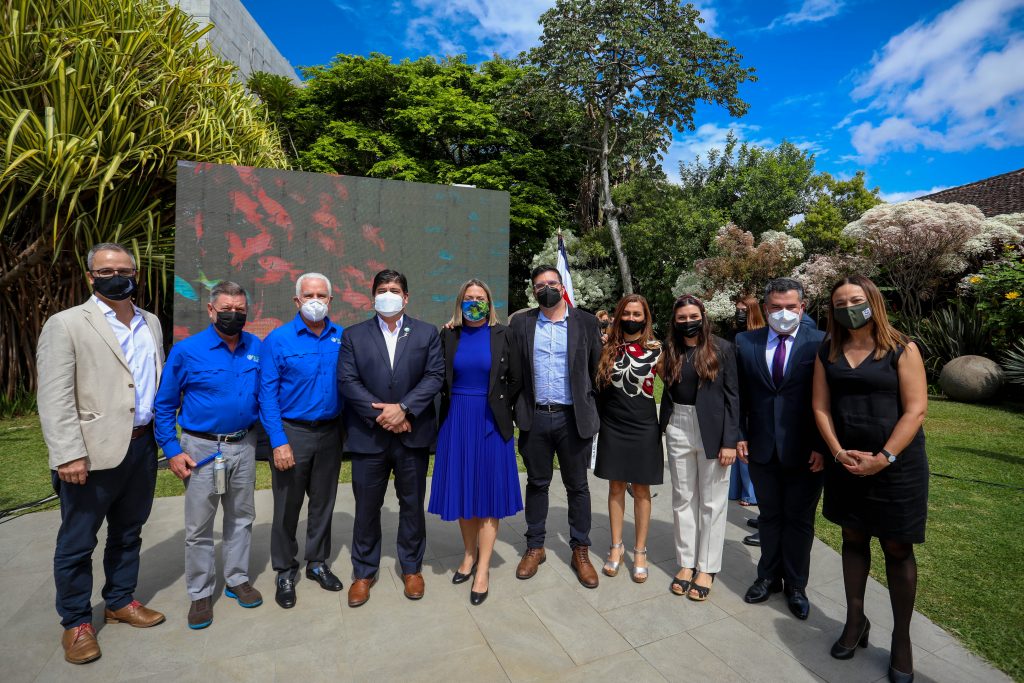- The President of the Republic and the Minister of Environment and Energy signed the decree that expands the Cocos Island National Park to 54,844 km2 and the Bicentennial Marine Management Area to 106,285.56 km2 .
- The expansion will safeguard fragile species and ecosystems and help combat the effects of climate change.
The President of the Republic of Costa Rica, Carlos Alvarado, and the Minister of Environment and Energy, Andrea Meza, signed Decree Nº 43368-MINAE “Expansion of the Cocos Island National Park from an area of 2,034 km2 to 54,844 km2 and of the Bicentennial Marine Management Area with an area of 9,649 km2 to 106,285.56 km2”.
With the signing of this decree, the country will expand the protection of its seas – which constitute 92% of Costa Rica’s territory – from 2.7% to approximately 30%.
The Cocos Island National Park is expanded by 54,844 km2, with the firm vision of protecting the shallowest seamounts that have been identified as essential marine habitat. On the other hand, the expansion of the Bicentennial Marine Management Area will promote connectivity to the south between the Cocos Volcanic Range and will cover an area of 106,285.56 km2.
The event was attended by senior government officials, the United Nations Secretary General’s Special Envoy for Oceans, Peter Thompson, as well as representatives of various national and international non-governmental organizations, academia and the diplomatic corps, who have lent their support to this conservation initiative.
“Science has concluded that in order to reduce the accelerated loss of biodiversity that we are going through, we must protect our terrestrial and marine ecosystems,” said President Alvarado, while thanking the inter-institutional work to expand the protection of the island.
After reaffirming that Costa Rica aspires to lead by example, Alvarado recalled that the signing of the decree is part of the various actions undertaken by the country in the fight against climate change, highlighting the contribution it represents within the framework of the 17. This is an alliance led by Costa Rica, France and the United Kingdom, whose objective is to conserve 30% of the land and marine surface by 2030.
Pacifico Foundation congratulates the Government of Costa Rica and its partners for this advance in marine conservation with impact in the Eastern Tropical Pacific.
Thermal Dome. Cocos Island National Park is also located in a region where currents and dynamic processes of the Thermal Dome interact. These currents, when colliding with the seamounts, generate a rise of nutrients, becoming an essential habitat for many marine species, from those that are the base of the food chain, to large predators.
These particular oceanographic conditions of Cocos Island are not observed in other parts of the world.
Cocos Island and the seamounts have been qualified as unique sites for their richness and abundance of species that use their waters, so their protection ensures a high percentage of the country’s and the world’s biodiversity. Cocos Island National Park is home to 1,688 species of marine fauna, of which 45 are endemic (47.4% of all endemic marine species in Costa Rica).
Marine protected areas, as nature-based solutions, allow the recovery of species of fishery interest, which benefits local fisheries thanks to the spillover effect. This effect occurs when fish abundance increases within a Marine Protected Area, which encourages some individuals to move to adjacent areas due to competition for resources.

